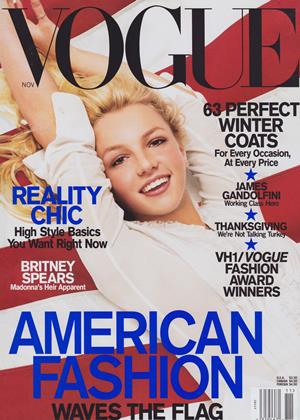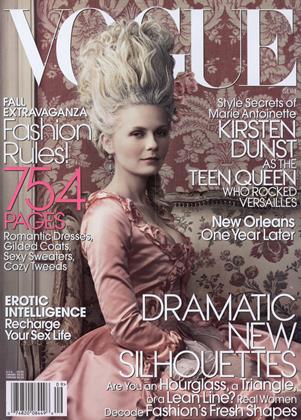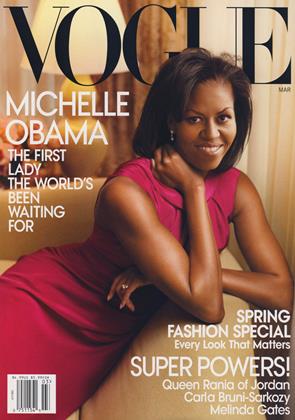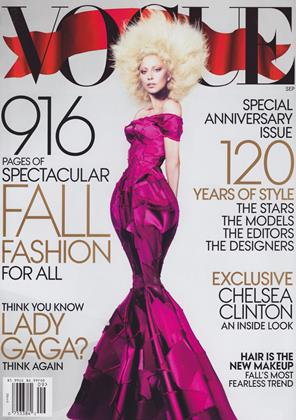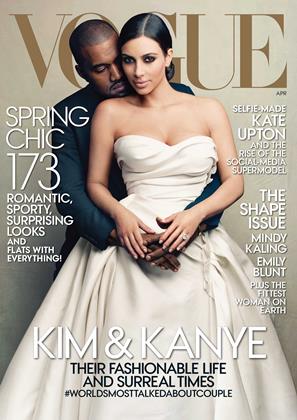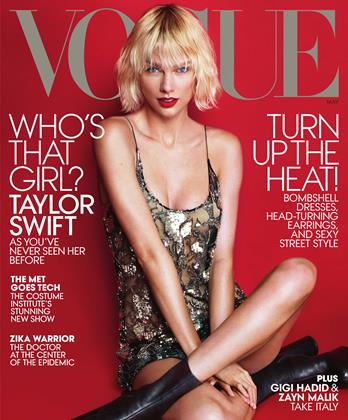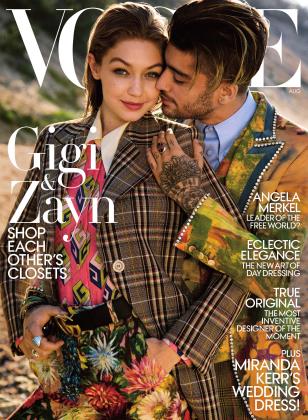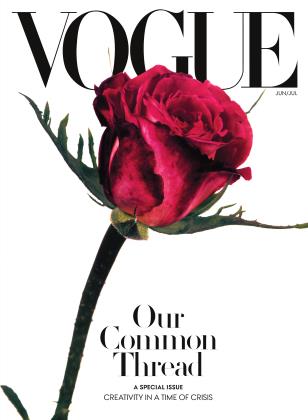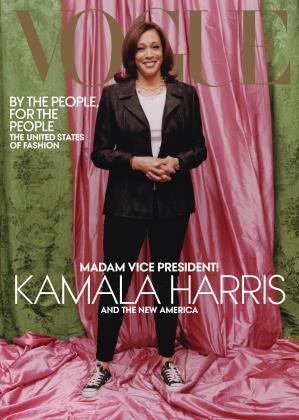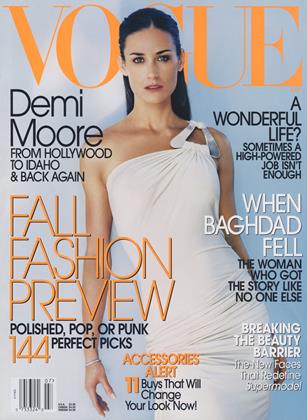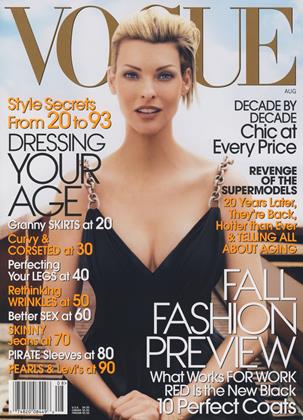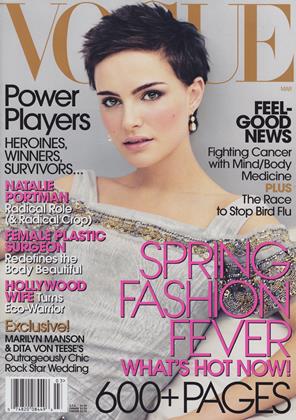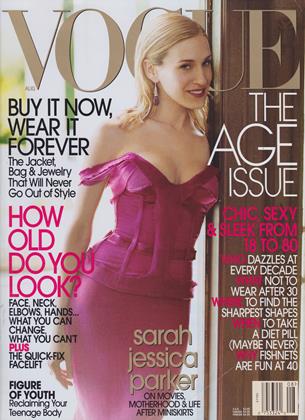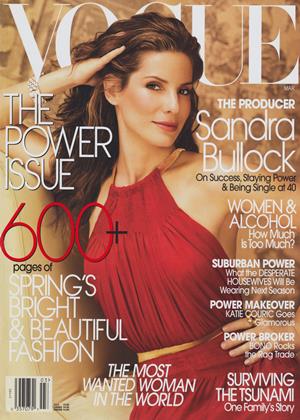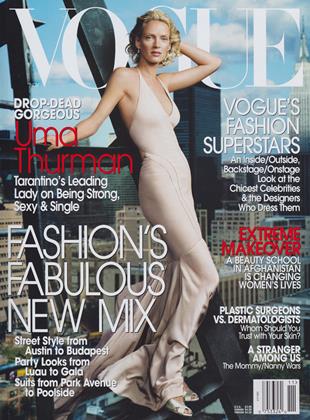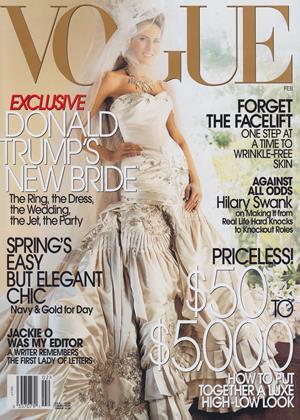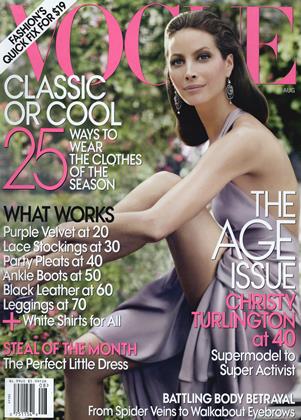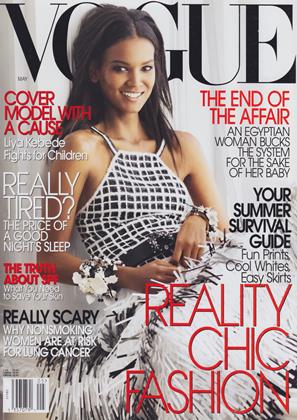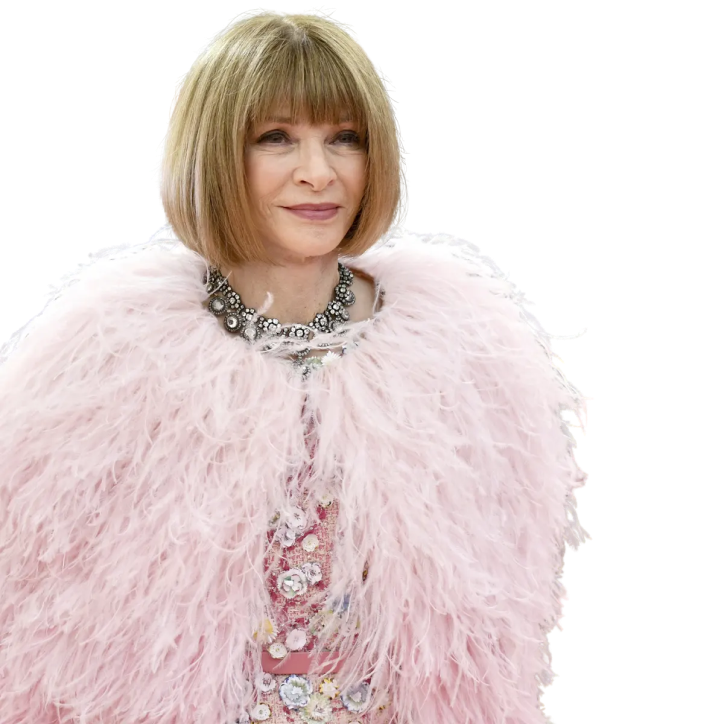

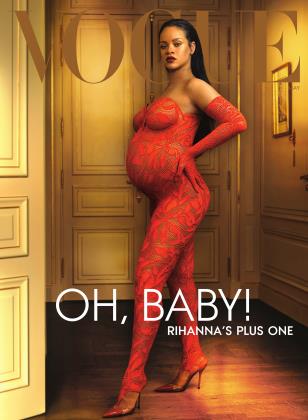
Let's compare Rihanna's May 2022 cover with her first US Vogue cover in April 2011
We'll start by identifying all of the text on the covers excluding the Vogue masthead
Next, we can remove the background image and look at the wireframe for each cover. We can start to see the relative proportions of text to cover
Now, let's consider the total area covered by text compared to the total area of the cover. Around 25% of the 2011 cover was covered by text. In 2022, that percentage dipped to just 6%

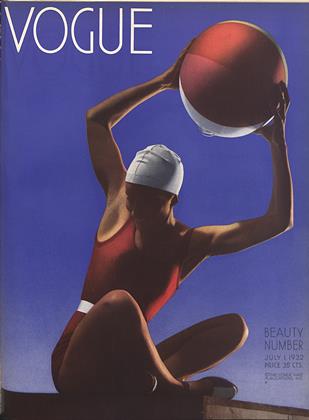
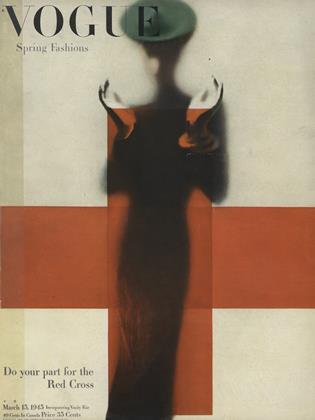
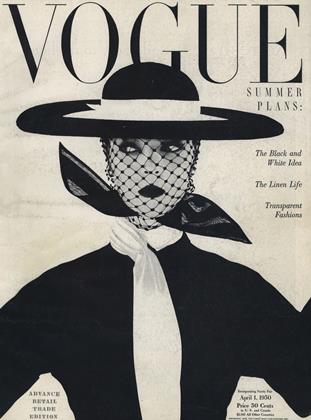
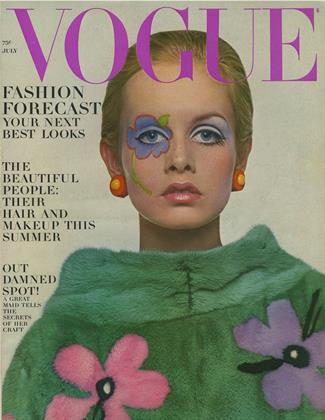
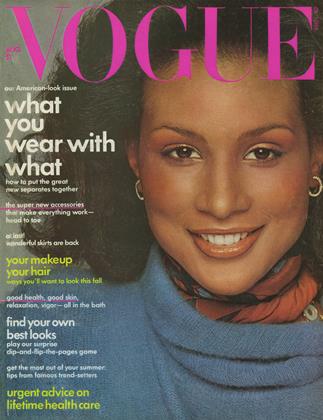


Here are all US Vogue magazines from 2000 to 2022. Each column is a year and each row is a month. Each block represents one magazine
Just as with the Rihanna covers, we've plotted a magazine's text coverage in proportion to the magazine's cover area
Let's remove the background and rescale the text coverage rectangles, so we can better analyse text coverage over time
We can start to see a trend! More recent covers seem to have a lower text coverage than older covers
To see trends more clearly, let's just plot the text coverages by year
We can see a sort of inverted U shape, with text coverage increasing slightly in the early aughts, peaking in the mid 2000s and then steadily declining
Plotting the average text coverage by year further confirms the trend
